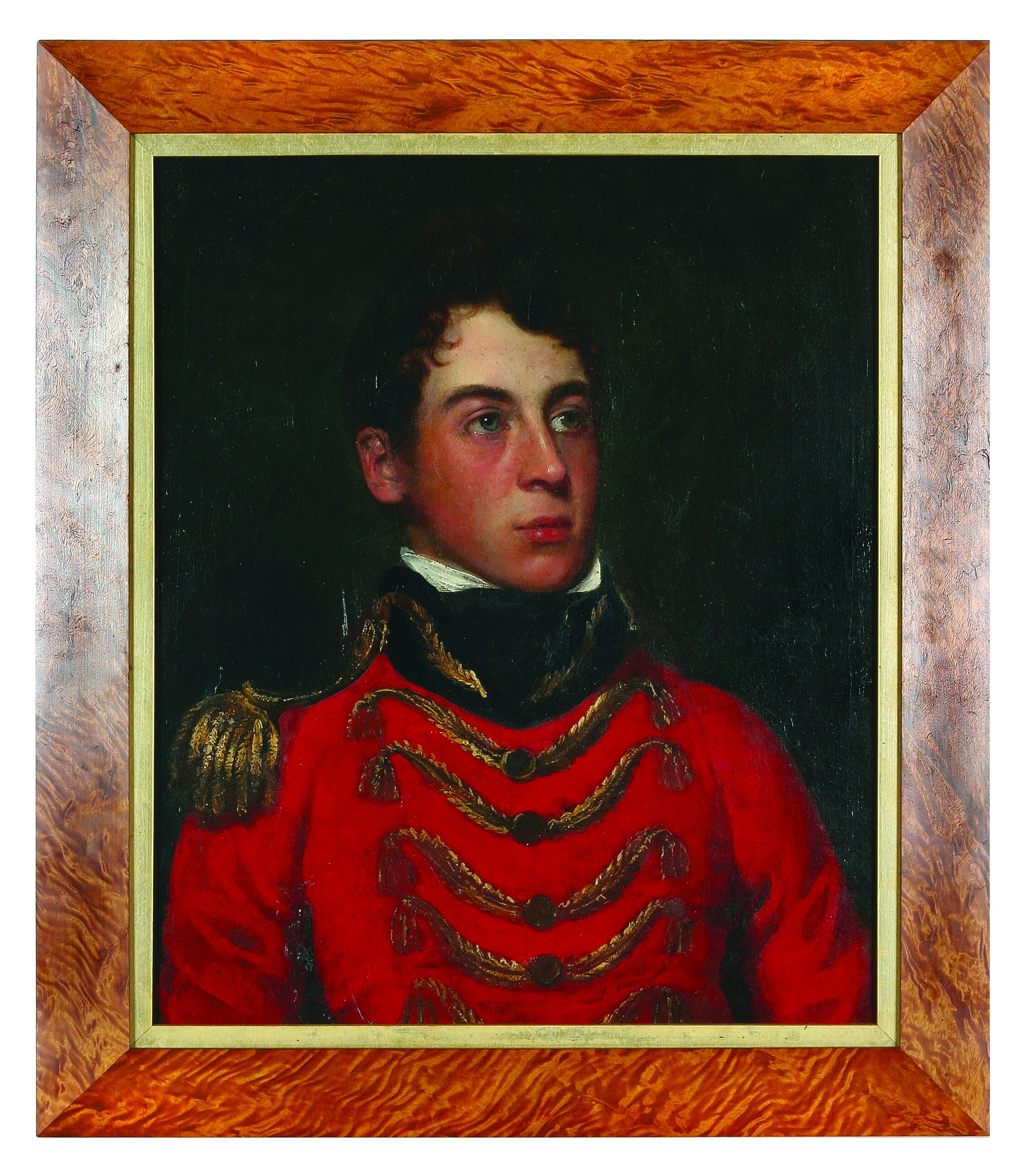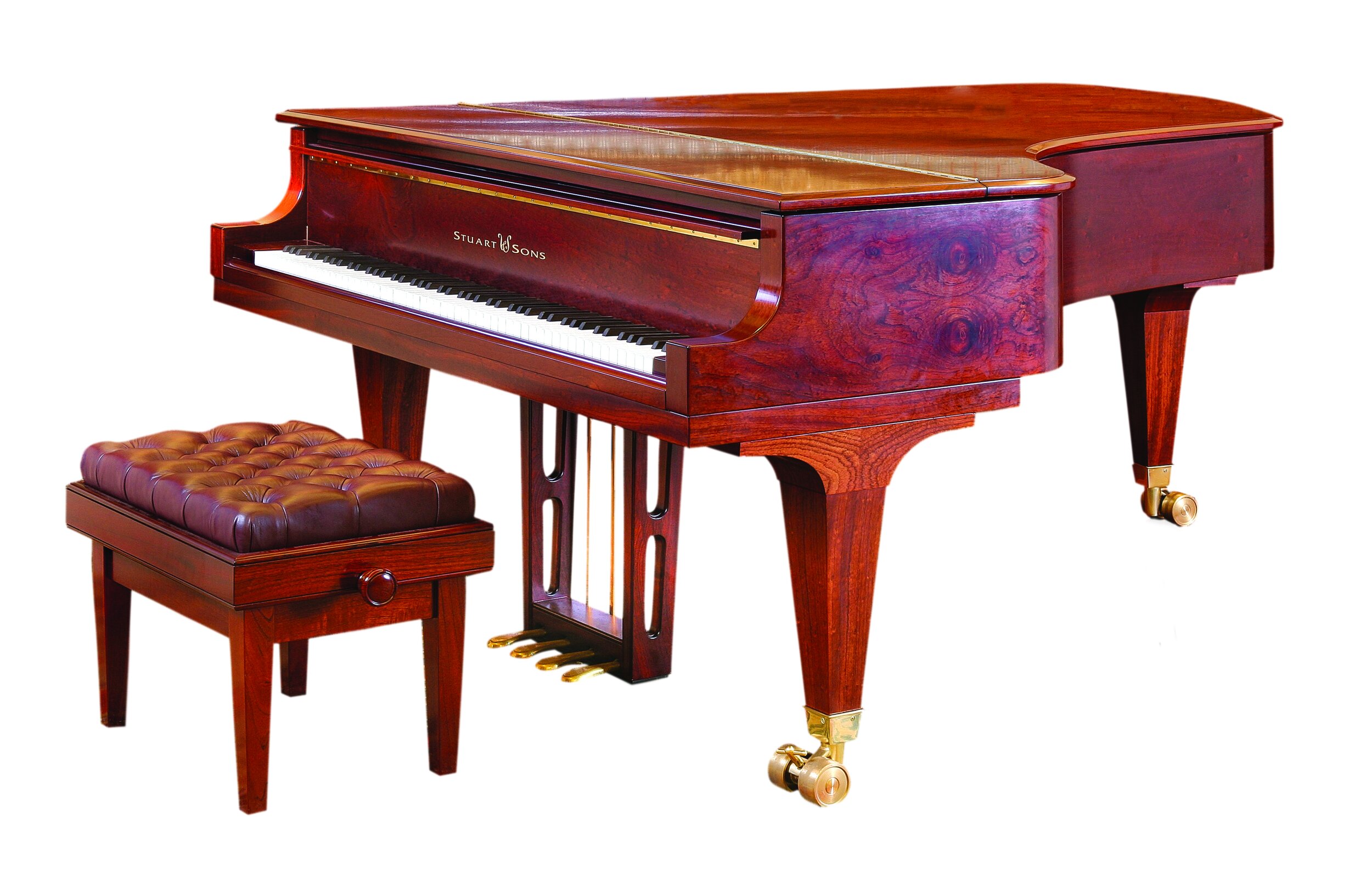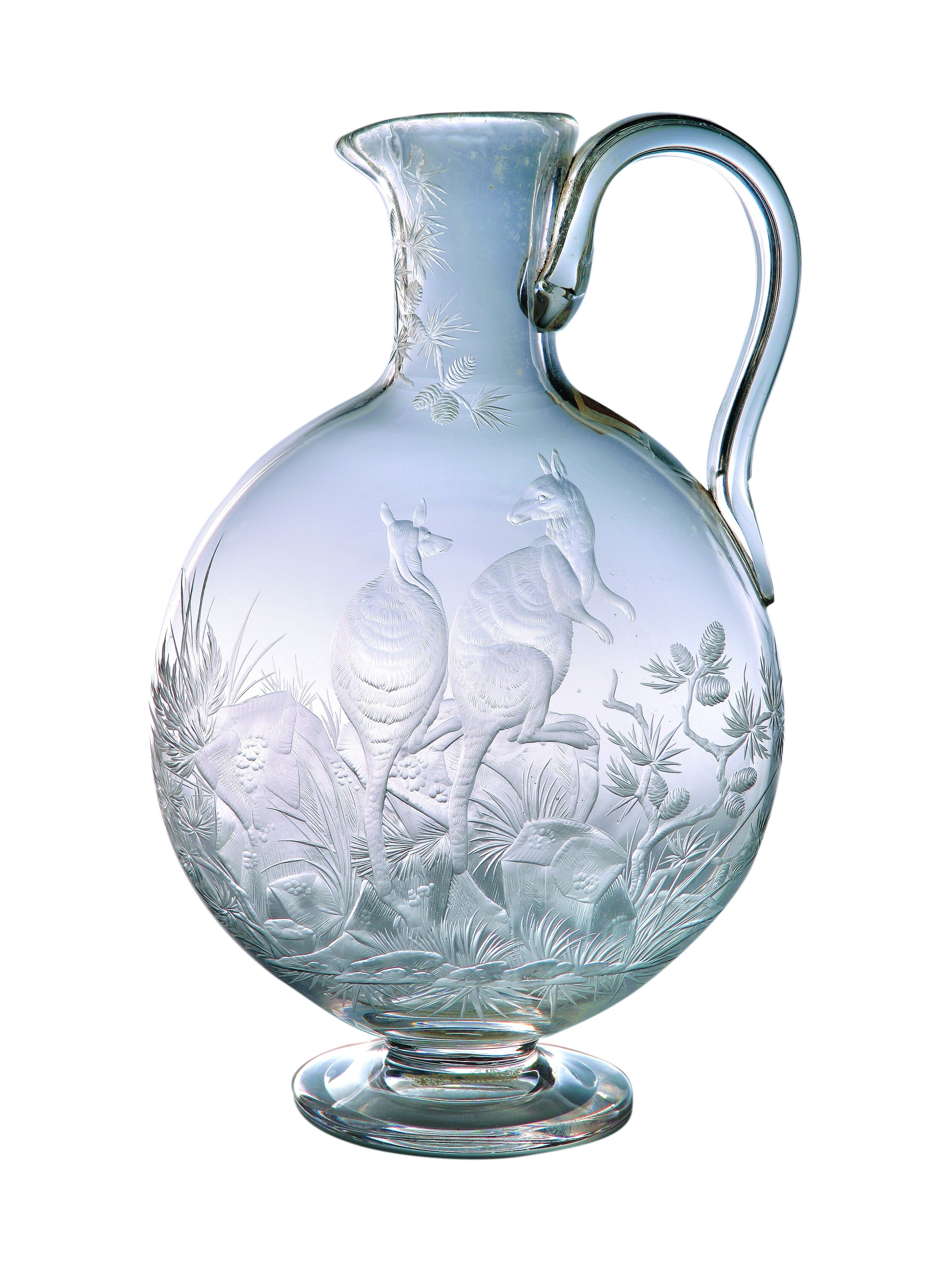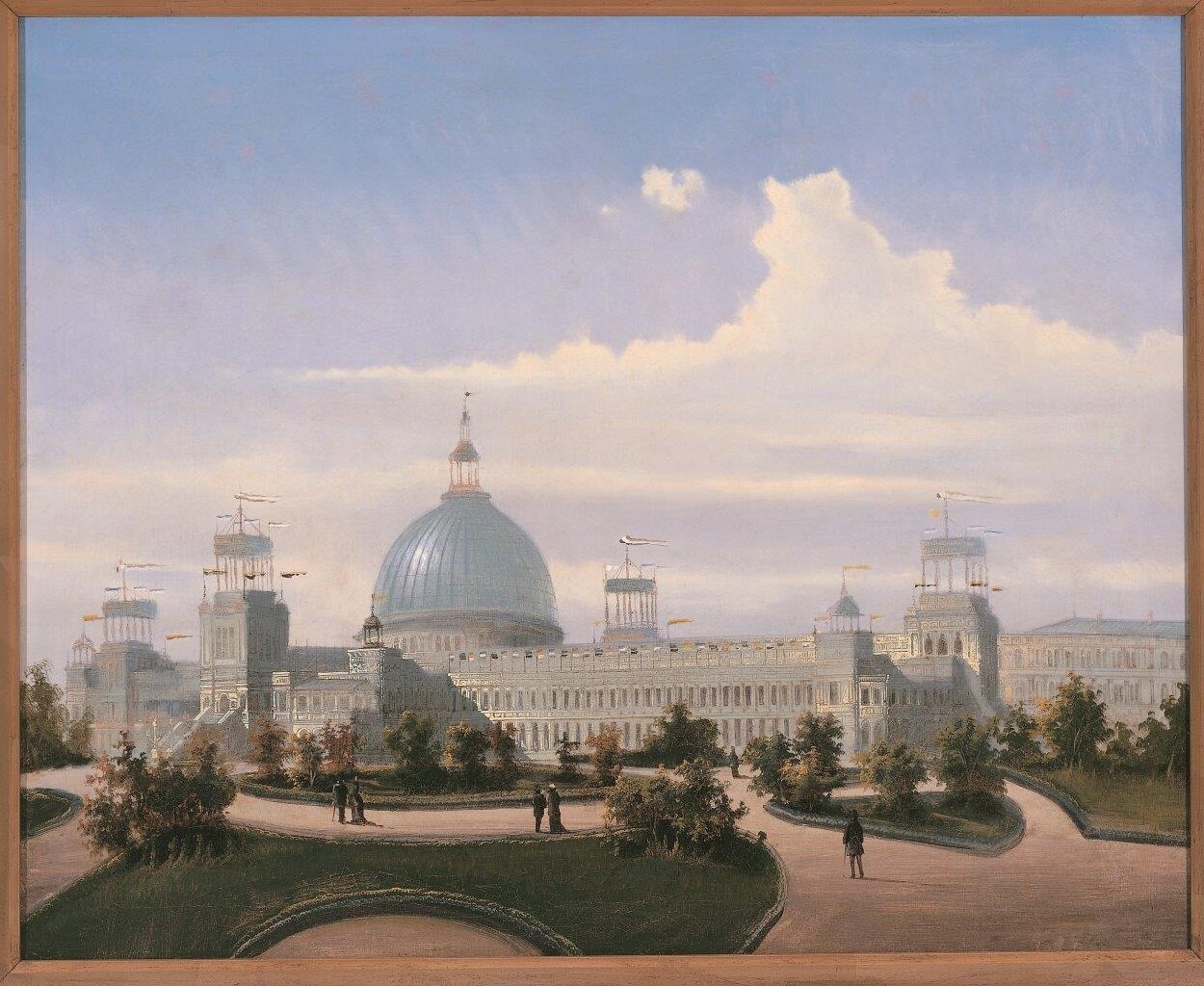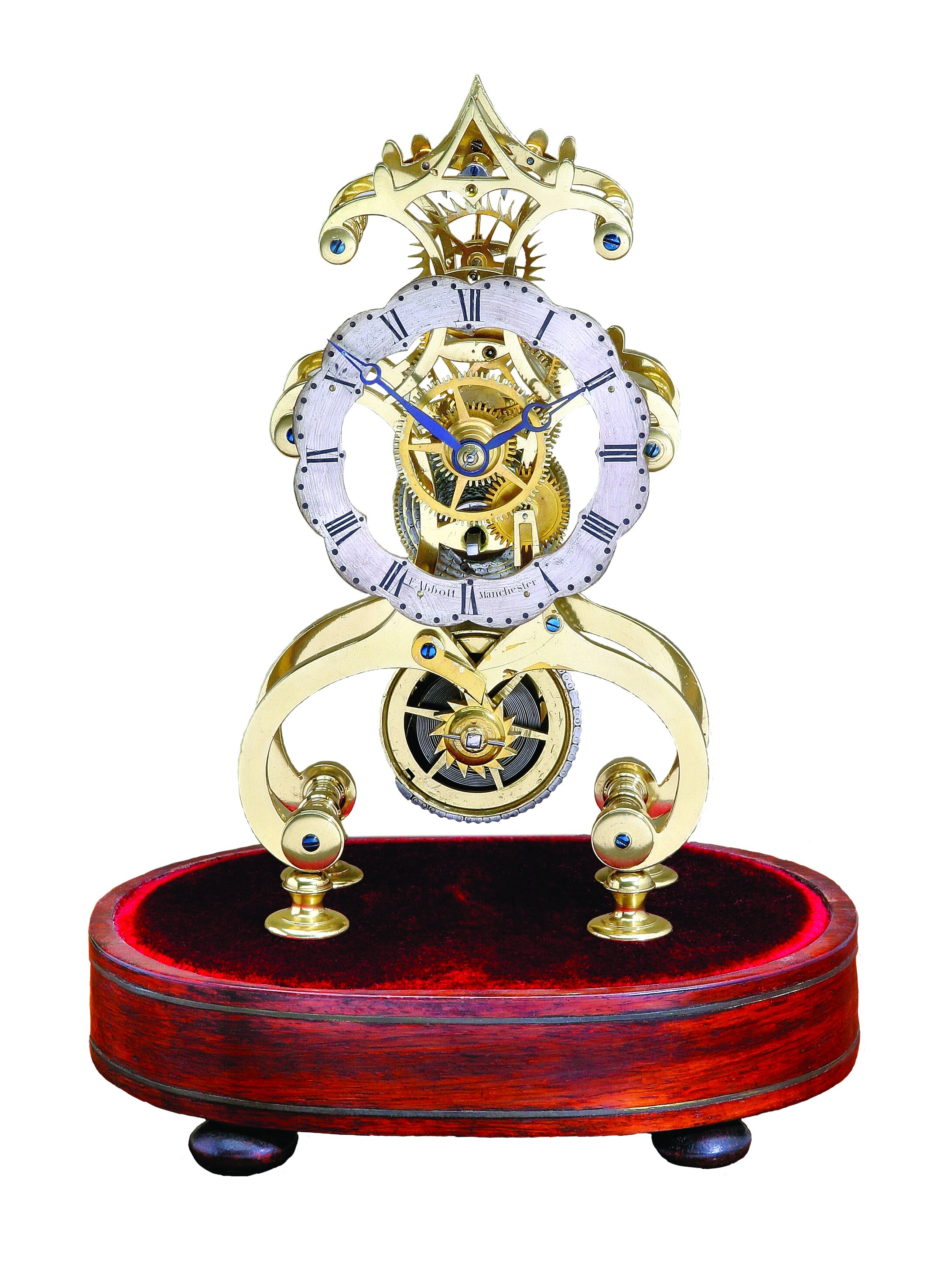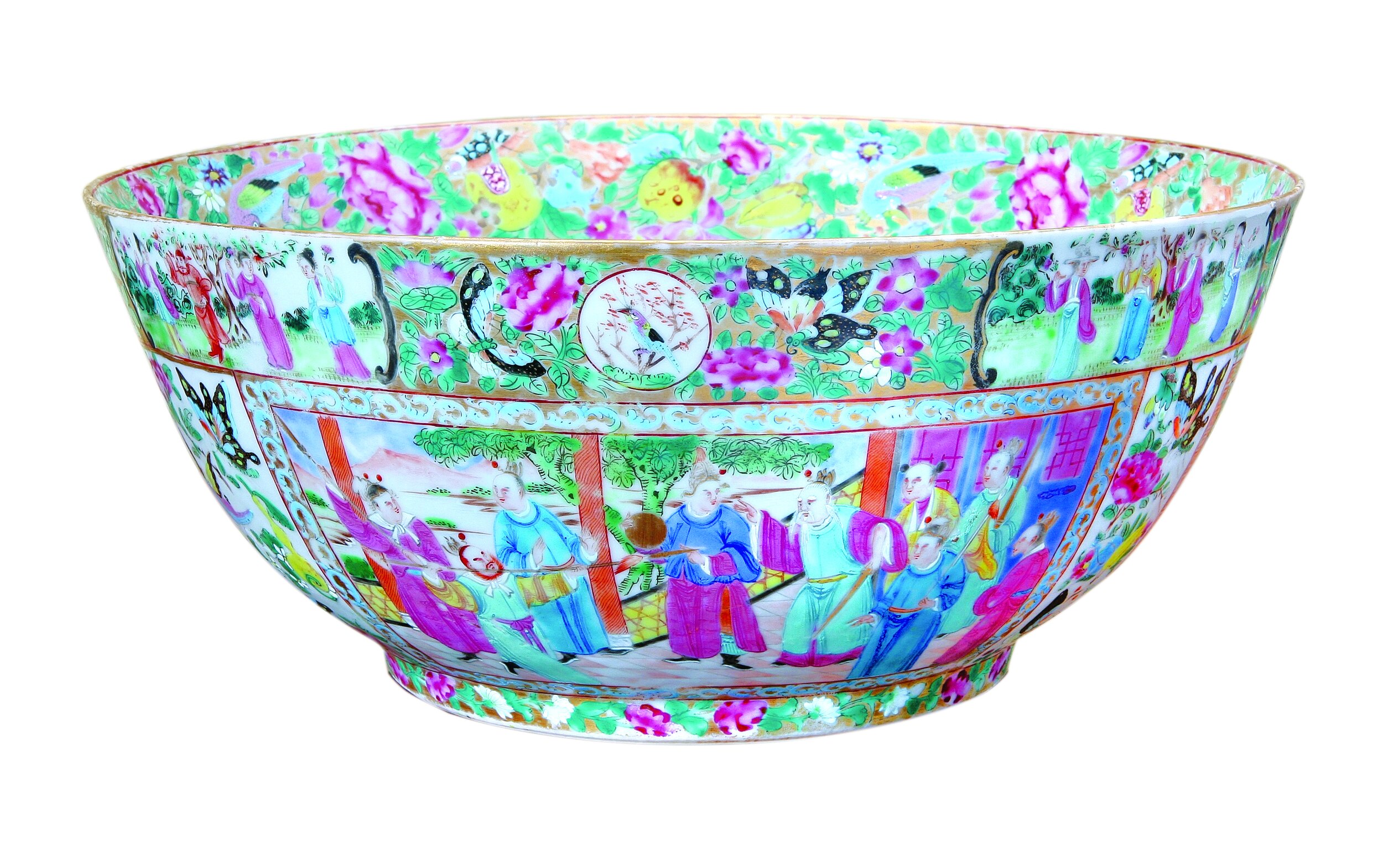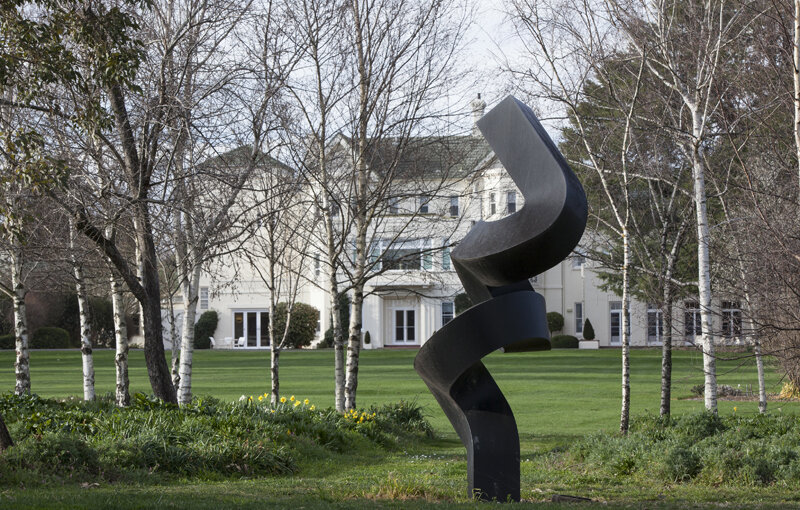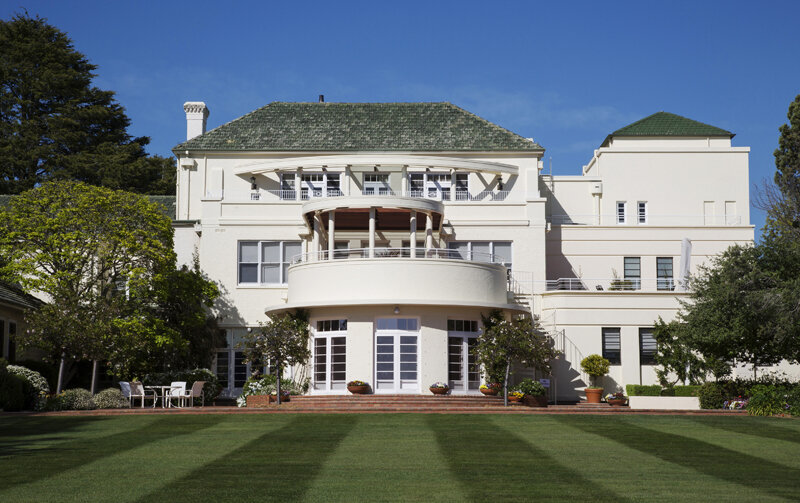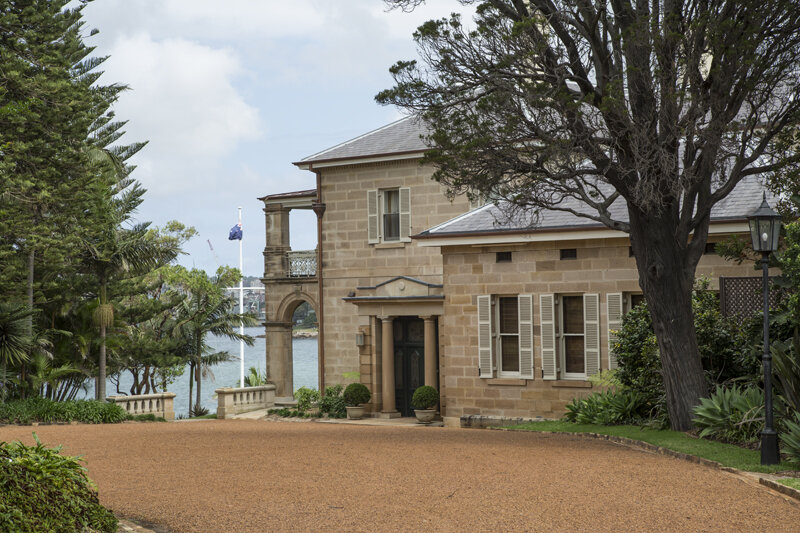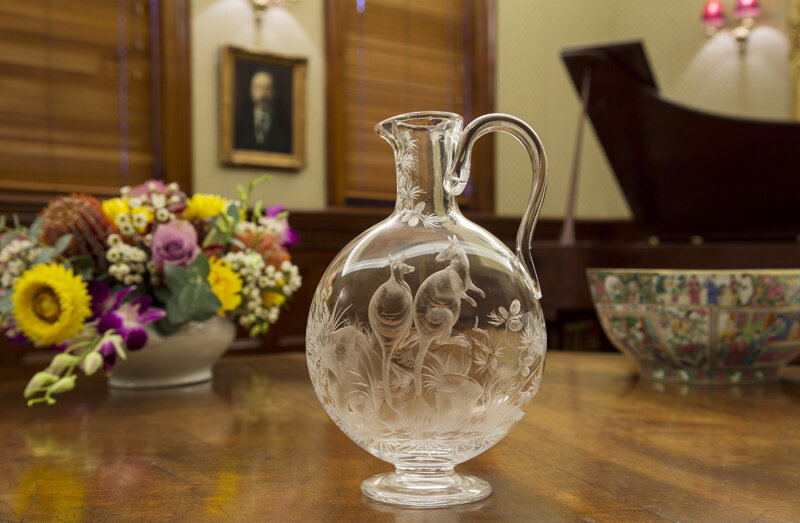The Governor-General of the Commonwealth of Australia
"In a very real sense, the four official residences are in the public domain. To them come people from overseas and from this country. It is fitting that they should be appropriately furnished and adorned so that those who come to them can have a sense that they are living and lived in treasures of Australian art and history. It seems to me, as the present incumbent of two of these houses, that this is a worthy object and I hope it will command strong support."
Sir Zelman Cowan, Governor-General, 1978
Australia's 28th Governor-General is Her Excellency the Honourable Ms. Sam Mostyn AC.
She was sworn in on 1 July 2024.
The office of the Governor-General was established by the Constitution of the Commonwealth of Australia in 1901. The Constitution describes the Governor-General as The Queen's representative. The Queen appoints the Governor-General on the advice of The Prime Minister and under the provisions of the Letters Patent relating to the office. The Governor-General is non-political and quite distinct from that of the head of government. The Governor-General fulfills many important roles - constitutional and governmental, community relations, defence and ceremonial.
Since the beginning of The Australiana Fund, the Governor-General's residences have received many items of Australiana acquired by The Fund, with appreciation expressed by Governors-General and their families.
As well as items of Australiana, The Fund collects artworks related to Governors-General. For example, the Portraits of Lord and Lady Northcote at Admiralty House. Items relating both to the houses and to the previous incumbents are high priorities in The Fund's collection programme.
Official Residences - Government House, Yarralumla, ACT & Admiralty House, Sydney, NSW
Official website of the Governor-General of the Commonwealth of Australia. www.gg.gov.au
For details of Governors-General - Governors-General - 1901 to 2019
Government House, Canberra
Government House, Canberra is the primary residence of the Governor-General of Australia. The house is set in 53 hectares of gardens, lawn and parkland at Yarralumla on the shores of Lake Burley Griffin. The spacious grounds have a resident mob of kangaroos and views south west to the Brindabella Range. The Ngunawal people are the traditional owners of the land on which Canberra is built.
The pastoral property of Yarralumla dates back to 1828 when a three room stone settlers cottage was built by Francis Mowatt on the banks of the Molonglo River. Since then, it has had various owners including Terence Aubrey Murray and his wife Mary (née Gibbes). In 1837 Murray enlarged the house, planted the deodar tree and created the carriage driveway to the house, all of which remain today.
Frederick Campbell who purchased the house in 1881, was the grandson of the merchant Robert Campbell who built Duntroon, now The Royal Military College, Canberra and who at one time owned the land that Admiralty House, Sydney was later built on. In 1891, Frederick Campbell built the three-storey extension that today forms the main part of Government House. The Campbell crest can still be seen on the gables.
The property, Yarralumla, remained in private hands until 1913 when Canberra was chosen as the site of the nation’s capital, and it was purchased by the Australian Commonwealth Government. In 1924, Yarralumla hosted the first Federal Cabinet meeting in Canberra as Parliament House was not yet completed.
In 1925 work began to extend the house and numerous additions were made to accommodate Lord and Lady Stonehaven, the first vice-regal occupants. Melbourne society decorator Ruth Lane Poole was engaged to prepare the interiors and purchase the furnishings required for its vice-regal purpose. The furniture she designed was English in style but made by Australian craftsmen using Australian timbers. By 1927 a large garden was planted and the name of the house had been changed from Yarralumla to Government House.
Since its early days as a vice-regal establishment, Government House has provided an historical and cultural backdrop to the program of official functions held each year by the incumbent Governor-General. These include receptions for visiting royalty, heads of state and dignitaries, as well as investiture ceremonies, charitable events.
During the year more than 25,000 school children from across Australia tour the public reception areas of Government House each year, where The Fund Collection is on display.
The artworks on loan to Government House by The Australiana Fund feature objects with regal and vice-regal provenance, Indigenous artworks, and contemporary sculptures and commissions – all with cultural and historical significance.
For further information about the history of Government House click on the link below http://www.gg.gov.au
Government House: Exterior & Interiors
Government House: Sample of Collection
Admiralty House, Sydney
Admiralty House, Sydney is a graceful and imposing sandstone building situated on an elevated plateau above the rocky cliffs of Kirribilli Point. With views of the Sydney Opera House and the Harbour Bridge, the House is the setting for vice-regal events and is the Sydney residence of the Governor General of Australia.
The site on which Admiralty House is built is the land of the Cammeraygul people who named the point Ciar Billie or Kiarabilli meaning ‘good fishing’. Granted to Robert Ryan of the NSW Corps in 1800, the site has had various owners, including Robert Campbell who bought the property in 1806 and who also built Duntroon in Canberra (now the Royal Military College).
In 1842 the property was leased to and later bought by the Colonial Collector of Customs, Lieutenant Colonel John George Nathaniel Gibbes (1834 to 1859). Gibbes proceeded to build a single-storey stone residence in the Georgian style, which he named Wotonga. The building had a graceful iron verandah with timber posts, a flagged floor and French windows. The property was sold by Gibbes in 1851. A portrait of Lt. Colonel Gibbes owned by The Australiana Fund currently hangs in the vestibule of Admiralty House.
It is interesting to note that the Campbell and Gibbes families are also linked with Government House, Canberra. On his retirement in 1859, Colonel and Mrs Gibbes went to live with their son Augustus who owned Yarralumla Station. That property was later sold to one Frederick Campbell, the grandson of Robert Campbell. Frederick built the current residence Yarralumla, on the property which today is Government House.
Over time, Wotonga in Sydney came to have harbour foreshore fortifications, which included a battery, gunners' store, powder magazine and Marine Barracks, and Norfolk pines were planted around the garden.
In 1885 the property had changed its use and its name to Admiralty House, when it became the residence of the Commanders-Chief of the Australia Station of the Royal Navy of the United Kingdom of Great Britain and Ireland and remained so until 1913. During this period new servants' quarters, offices and passages were added and a second storey and stone colonnades created, all of which remain today.
In 1913, it was decided that Admiralty House would be loaned to the Commonwealth Government as a residence for the Governor-General when in Sydney. At the height of the 1930s Depression, the Scullin Government closed Admiralty House in 1931 and decided to sell all its contents at public auction.
In 1936, the Commonwealth Government re-opened Admiralty House as a Sydney residence for the new Governor-General, Lord Gowrie. Since then, successive Governors-General have used Admiralty House for the same purpose.
Formal title to Admiralty House finally passed from New South Wales to the Commonwealth by Crown grant in 1948 on condition that the House only be used as a residence for the Governor-General, which it remains today.
Objects with maritime, naval, vice-regal and Sydney associations have been sought and acquired by The Australiana Fund for Admiralty House.
For further information about the history of Admiralty House http://www.gg.gov.au
Admiralty House: Exterior & Interiors
Admiralty House: Sample of Collection
